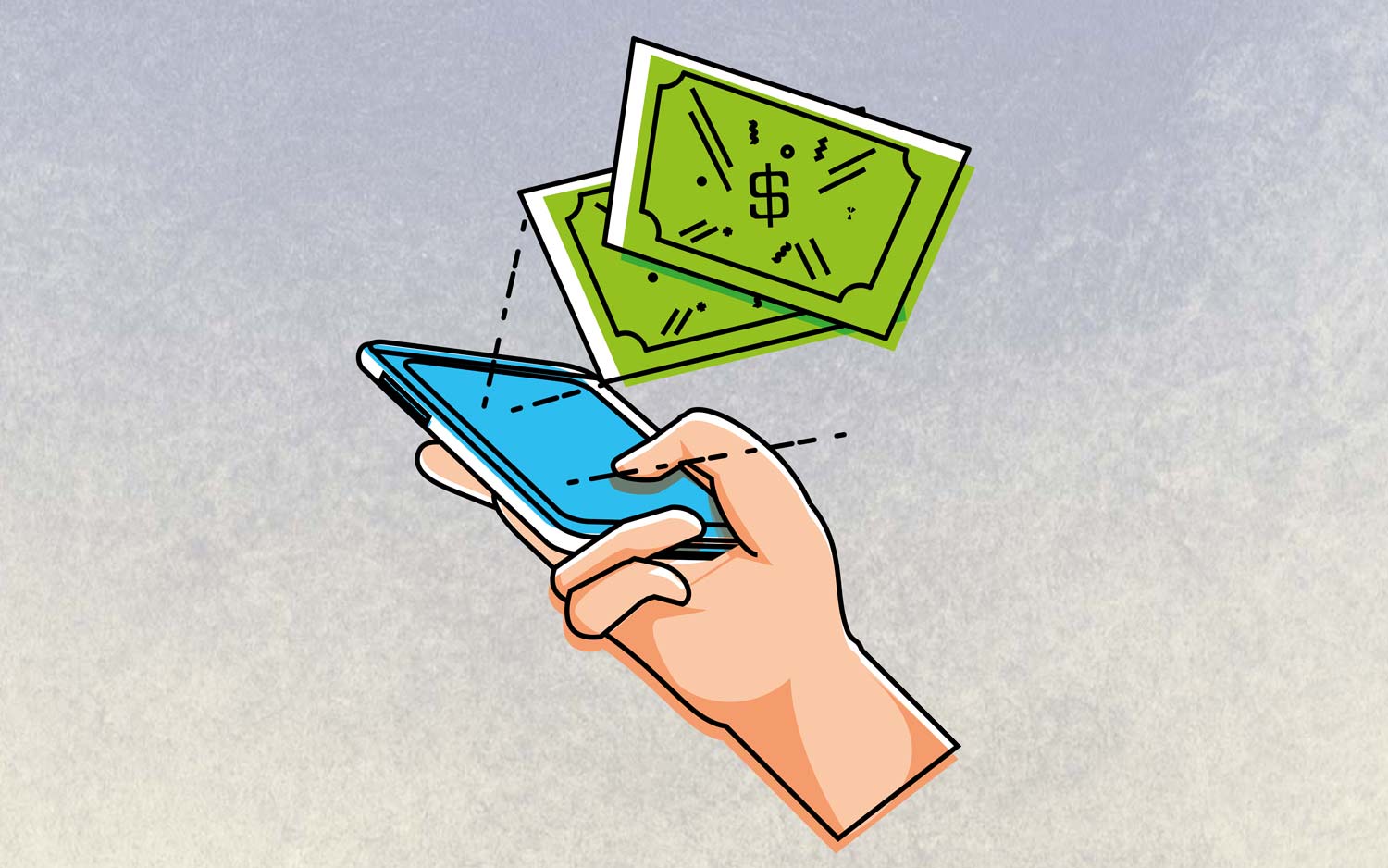Here's How to Check If Your Current Phone Plan Is Good (or Bad)
Cellphone plans are constantly changing. Make sure your carrier isn't offering something better than the plan you've held on to for years.

Smartphone plans are constantly changing. And it's up to you to make sure that your plan changes, too, so that you're making the most of increased data allotments, lower prices or both.

That's a lesson Brian Perfetto learned recently when he noticed that his Cricket Wireless account wasn't delivering the speeds that had been promised — or more accurately, the speeds that I had promised. Brian spotted an article I wrote about Cricket's Unlimited Extra plan, which removed the 8 Mbps download speed cap the carrier places on its other tiered data plans, and wanted to know why he wasn't seeing any faster speeds for his data.
Brian's right to be concerned — 8 Mbps is way too slow, and that speed cap is easily the worst thing about Cricket's service. (Well, maybe the second-worst thing. The carrier's $55-a-month Unlimited plan has an even more restrictive 3 Mpbs cap.) So if I thought I wasn't getting unfettered speeds, I'd want to find out why, too.
The solution to Brian's question lies in the fact that he's had the same plan going back three years. Cricket only introduced its Unlimited Extra plan — the $60 monthly plan that doesn't cap data speeds — last October. And while Cricket may have altered its wireless plan lineup, it didn't automatically upgrade customers like Brian, who just kept paying for their grandfathered plans every month.
MORE: Best Cell Phone Plans - Comparison of Phone Plans and Deals
That's a common practice among wireless carriers, actually. For example, I'm still on the same Verizon monthly data plan I signed up for five years ago, even though Verizon has phased out the tiered plan I use in favor of an assortment of unlimited plans. Why haven't I upgraded? Because the tiered data plan my wife and I share costs about $40 less each month than we'd pay for Verizon's cheapest unlimited plan, and we've gone over our data allowance only twice in the last five years. Even then, the $15 extra we had to pay on those two occasions was less than what we'd pay every month if we changed plans.
But that's a circumstance where sticking with a grandfathered plan makes sense. For other wireless customers, that data plan you signed up for years ago may no longer be serving your needs, especially if your wireless carrier has shuffled things up. And it's incumbent on you to check to make sure that there's not something better out there for the same amount of money (or less) that you're shelling out each month.

To help you make sure that your wireless carrier hasn't introduced a plan that's not only new but improved over what you're currently paying for, you should stop by our best cellphone plans guide, which we regularly update when there's a change to what the carriers are offering. While our roundup tries to compare plans from different carriers, you can look up what your carrier is currently offering and see if it's better than your existing plan.
Our guide looks at individual plans as well as family plans, and we also look at prepaid options, too. If you're looking to keep your monthly cell phone costs to $40 or less, you can also look at our guide to cheap cell phone plans. If you see something on these pages that's better than your current cell phone plan, it's time to contact your wireless provider about changing that plan you've been holding onto for years.
And that's what Brian did, after I suggested that he was still paying for a grandfathered plan instead of Cricket's speed cap-free unlimited data offering. You'll be pleased to know that the story has a happy ending.
MORE: Best Cheap Cell Phone Service - Monthly Plans for Under $40
I checked my Cricket account online and it showed our two lines were on the Max plan, even though that plan has no longer been offered the past 6 months or so. So I clicked to manage my plans, and it allowed me to change to the newer Extra plan. Now, instead of costing me 110 bones for our two lines, it's now 90 bones a month.
So recap, that's a $20 monthly savings for Brian, and he's seeing faster data speeds than he ever got on his previous plan. Sometimes, it pays to compare what you're currently paying for versus what you could be getting, especially in age when monthly auto payments can make you lose track of the service you're receiving.
To get answers to your burning tech questions, head to the Tom's Guide Forum for the latest tips from our resident experts and your fellow members. You can also comment on this article or email us directly at helpme@tomsguide.com.
Credit: Shutterstock
Sign up to get the BEST of Tom's Guide direct to your inbox.
Get instant access to breaking news, the hottest reviews, great deals and helpful tips.
Philip Michaels is a Managing Editor at Tom's Guide. He's been covering personal technology since 1999 and was in the building when Steve Jobs showed off the iPhone for the first time. He's been evaluating smartphones since that first iPhone debuted in 2007, and he's been following phone carriers and smartphone plans since 2015. He has strong opinions about Apple, the Oakland Athletics, old movies and proper butchery techniques. Follow him at @PhilipMichaels.

